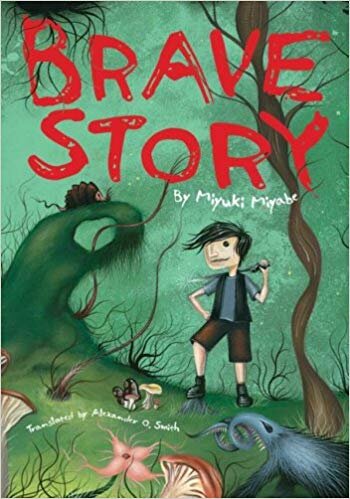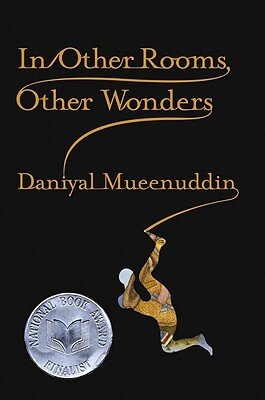Empire of Horses by John Man (Pegasus Books)
In the earliest days of humanity, “an ocean of grass” stretched across continents, ignored until horses and bovine animals were domesticated and needed to be fed. Herdsmen traveled across the grasslands, moving their livestock from one spot to the next, becoming “pastoral nomads.” They discovered that horses, which could be tamed, ridden, used to carry heavy burdens, and (when necessary) eaten, were valuable animals that gave rise to a new civilization--one that was dominated by horsemen.
With the advent of the Bronze and Iron Ages, the horsemen became archers, hunting with bows and metal arrowheads. The skill they needed to hunt for food became extraordinarily useful when employed against enemies, aiming deadly arrows while astride swift horses, and the precursor of medieval knights was born.
Within the Great Bend of the Yellow River, the nomadic region of Ordos was born, which became the empire of a mysterious tribe called the Xiongnu. Where these people came from is a matter of speculation but it’s a fact that they were formidable warriors. Soon their territory extended to 350 kilometers from the Han Dynasty’s capital of Chang’an and their leader, Modun, was hungry to expand his borders.
He had been a significant problem for China for years, attacking its northern borders with his “horseback archers,” enough that the Han emperor tried to buy him off, with gifts of silk and Chinese princesses. This bought an uncertain peace for sixty but failed to achieve the underlying goal: to weaken the invaders by giving them a taste for Chinese luxury. The Xiongnu counted their wealth in horses and bows with the strength to turn arrows into armor-piercing bullets.
The Xiongnu never succeeded in conquering China but for centuries they maintained their empire, which was “almost twice the size of Rome’s” and “took what they wanted,” until at last they fell to the time-honored practice of divide and conquer. The southern Xiongnu succumbed to Chinese influence while the northerners clung to tradition. Still the victories of their empire are legendary, to the point that modern-day Mongolians claim them as their ancestors and Modun as the influence for Genghis Khan.
The Mongol name for the Xiongnu is Hunnu, or, Man says, “simply Huns.” This takes him to the theory that this first nomadic empire was the root of another army of mounted archers, one that would be scorned as barbarians and that would eventually take over the Balkans from the Caspian Sea to the Baltic, “an area half the size of the USA. Attila, leading his people known as the Huns, was a “juggernaut that could live by pillage,” much like the Xiongnu.
In the mid-eighteenth century, a French Sinologist in a five-volume work called A General History of the Huns, Turks and Mongols made the astounding and unsubstantiated claim that “Attila’s Huns were descendants of the ‘Hiong-nou.” This theory was given credence by Edward Gibbon, the 1911 edition of The Encyclopedia Britannica, and historians of the 1930s. However, as Man says, the one conclusive similarity is both the Xiongnu (or Hunnu) and the Huns came out of nowhere, established their empires by conquest, and then completely vanished. With enigmas like that, especially when they bear almost the same name, who can possibly keep from romantic speculation? ~Janet Brown







